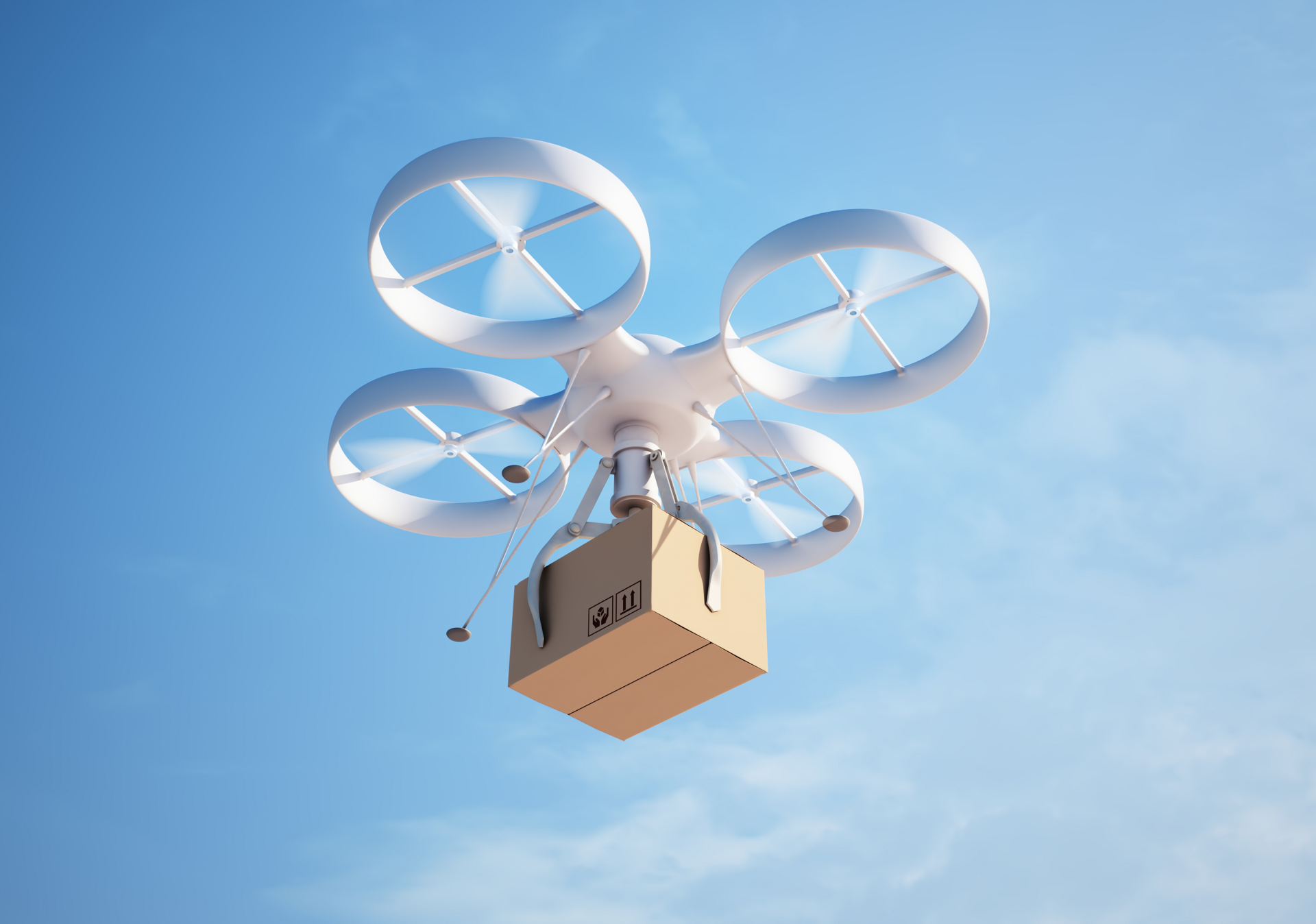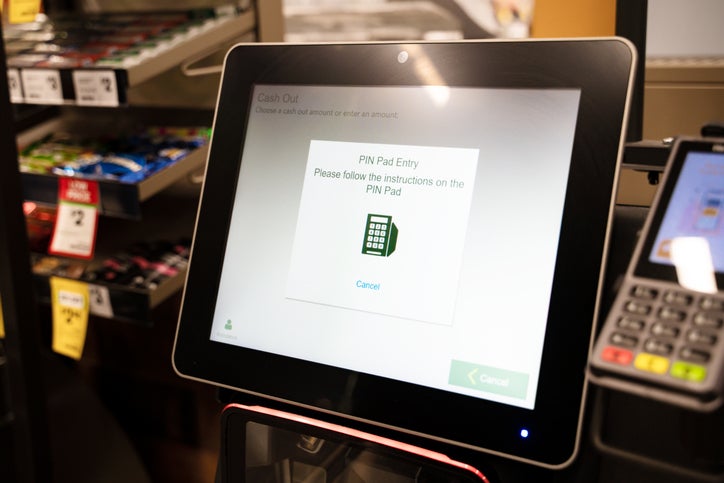Drones deliveries can no longer be written off as a PR stunt.
The benefits of getting past the current regulatory issues and overcoming the logistical challenges are so great that retailers and couriers are increasing investment in the technology.
The potential disruption to e-commerce fulfilment is huge, driven by the significant cost savings drones could bring, the added convenience to the customer, and the environmental benefits.
Drones will replace up to a staggering $127 billion worth of business services and human labour globally across a wide variety of sectors by 2020, according to PwC. Even though commercial deliveries are still in trial stages, retailers are either using their own R&D or partnering with specialist drone manufacturers to begin realising the potential of this technology.
How it can be used in retail
In December, e-commerce giant Amazon made its first successful UK commercial delivery to a customer using a drone from its fulfilment centre in Cambridge. Drones can deliver packages of up to 2.3kg and can travel a distance of up to 10 miles in 30 minutes or less. The autonomous drones are sent outside down an automated track before taking off vertically, guided by GPS and flying below 120m.
While consumers will have safety concerns, for example, if drones collide with airborne obstacles such as power lines, buildings or even with other drones, Amazon is trying to combat such issues. The retailer has further invested in a research development centre in Austria that specifically focuses on building sense-and-avoid technology. This centre complements existing drone testing locations in the US, UK and Israel. The use of computer vision technology will improve landing accuracy, which will boost consumer confidence and trust in drones operating autonomously.
How well do you really know your competitors?
Access the most comprehensive Company Profiles on the market, powered by GlobalData. Save hours of research. Gain competitive edge.

Thank you!
Your download email will arrive shortly
Not ready to buy yet? Download a free sample
We are confident about the unique quality of our Company Profiles. However, we want you to make the most beneficial decision for your business, so we offer a free sample that you can download by submitting the below form
By GlobalDataMajor convenience retailer 7 Eleven is also making impressive strides in using drone technology, partnering with drone maker Flirtey in the US, and has recorded 77 successful deliveries to consumers, on average in less than 10 minutes after the order was placed.
The benefits of drone deliveries
One of the major benefits of drone deliveries is cost; as according to Deutsche Bank, for a typical shoebox delivery, the cheapest last mile delivery (excluding robotics/drones), which is the shipment between the final storage hub and the consumer’s home, is approximately $2. Drones, on the other hand, would reduce this cost to less than $0.05 per mile. This would benefit consumers, as it would allow companies such as Amazon to charge only $1 for a
Drones, on the other hand, would reduce this cost to less than $0.05 per mile. This would benefit consumers, as it would allow companies such as Amazon to charge only $1 for a 30-minute delivery, making it a highly affordable fulfilment option for time-conscious consumers.
Another clear benefit is the speed that drones can reach destinations – a speed of 50mph with minimum air traffic. This will make same-day delivery far more widespread, meeting growing consumer demand for convenience.
While Amazon’s chief executive Jeff Bezos aims to roll out Amazon Prime Air in 2018, according to Google UK’s head of retail, it could take between 6-10 years for drone deliveries to become commonplace.
This appears to be a more realistic time frame, particularly as regulatory authorities would require time to amend laws for commercial use. And, it would give retailers time to develop operations beyond sight, obstacle avoidance and control flights with multiple drones in a safely operational manner.
The potential cost benefits of drone deliveries, combined with meeting consumers’ ever-growing convenience needs, could give Amazon an unassailable lead over competitors should they succeed. As progress continues regarding regulations and the technology itself, rivals that choose not to invest could come to regret dismissing drones as just Jeff Bezos’s marketing gimmick.







Related Company Profiles
Amazon.com Inc
Google LLC
7-Eleven Inc
Deutsche Bank AG